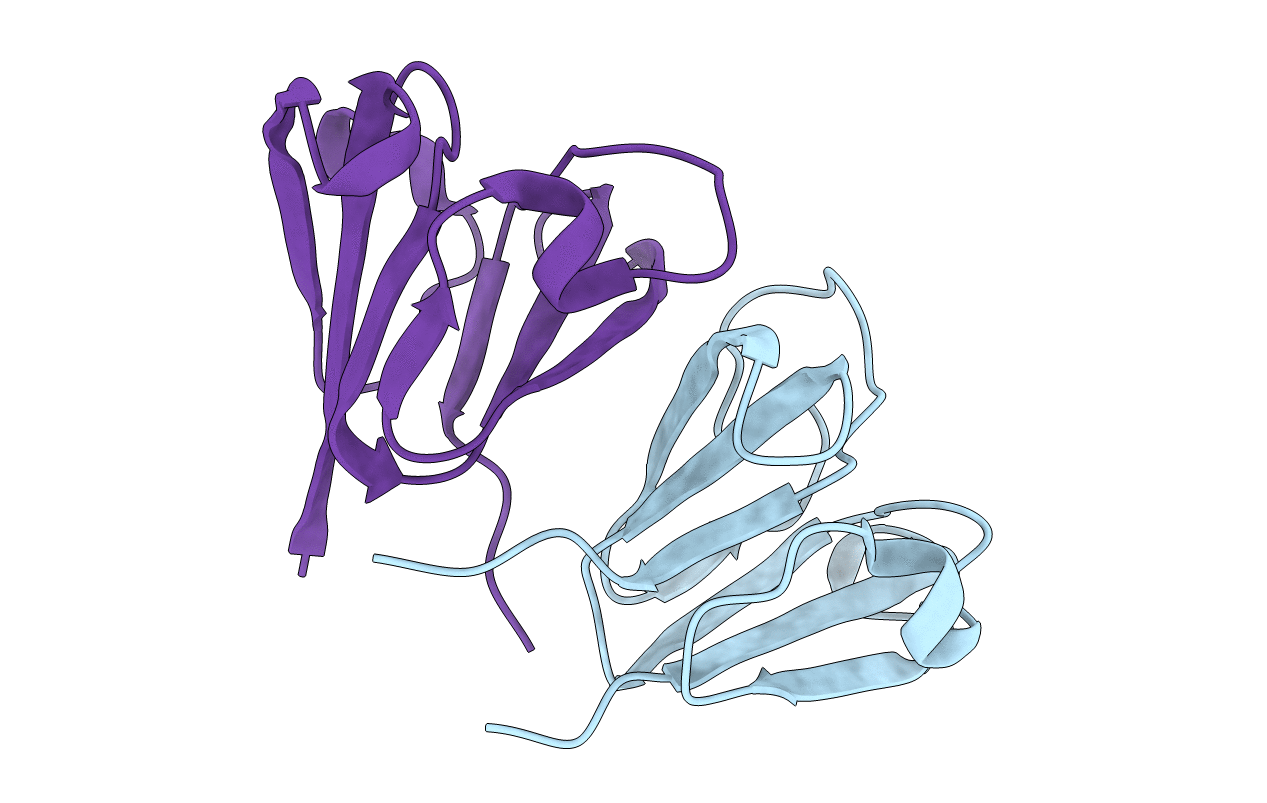
Deposition Date
2000-08-31
Release Date
2000-10-05
Last Version Date
2024-05-08
Entry Detail
PDB ID:
1E7N
Keywords:
Title:
The N-terminal domain of beta-B2-crystallin resembles the putative ancestral homodimer
Biological Source:
Source Organism:
MUS MUSCULUS (Taxon ID: 10090)
Host Organism:
Method Details:
Experimental Method:
Resolution:
2.35 Å
R-Value Free:
0.24
R-Value Work:
0.21
R-Value Observed:
0.21
Space Group:
P 65


